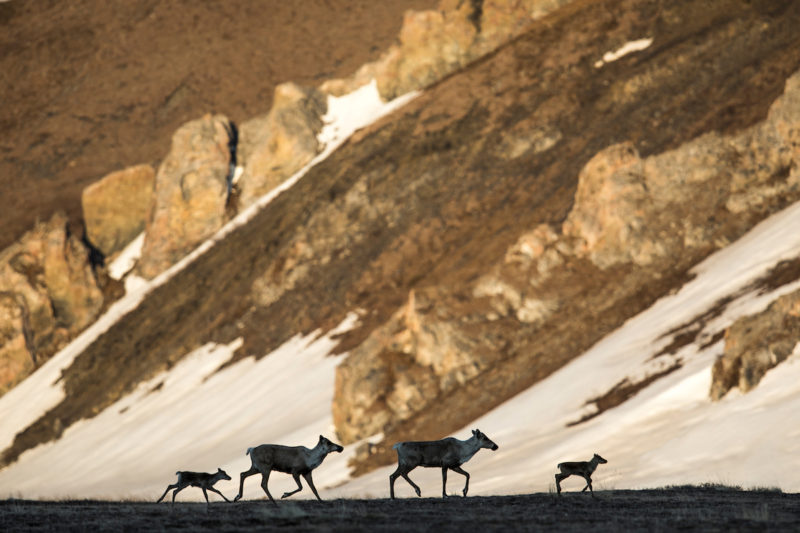The International League of Conservation Photographers, or iLCP, is a global fellowship of the world’s best conservation photographers and filmmakers. Every day, partners around the world tap into iLCP’s library of incredible ethical photography and video to move the needle and make conservation change.
But when you’re fighting for environmental protections or covering the impact of oil drilling on Arctic wildlife for National Geographic or the New York Times, you might not have time to spend hours searching for the perfect photo for your story. iLCP makes their partners lives easier by making ethical photography searchable on PhotoShelter.
“Through the capabilities that PhotoShelter gives us, we are even more so able to promote and spread the important work of our Fellows and to advance conservation causes around the world,” says Colin Wheeler, Visual Assets Manager for iLCP.
Check out our Inside Look webinar with Colin and iLCP Development and Communications Manager Brooke McDonough to see how this team manages, organizes and licenses their library of stunning conservation imagery.
All Your Questions Answered
Watch the video above to see the full conversation and audience Q&A, or read through some of Brooke and Colin’s answers below!
How do people use the images they license from iLCP?
Colin: It’s usually photo editors for publications like National Geographic or Smithsonian Magazine who are licensing from us, because we do share a lot of the same photographers, so they know where to look. But also, we get schools looking to use our images.
Brooke: Moving the cause forward is so important. It looks different in different ways. It’s not always like, this is a nonprofit that’s working on Arctic National Wildlife Refuge work, and so they’re the ones using it. Conservation Biology is a big one – they have covers – so that’s the scientific research. Some people use them for calendars and things like that to do fundraisers.
What is the total number of images in your library, and can you speak a little bit about metadata and how that gets input into your system?
Colin: There is a little over 17,000 images in our image bank. And metadata is super important. When the photographers are sending in their submissions, we have requirements of them, and some of them do not follow it, some of them do. And they will send us images with we need keywords. We don’t need a ton of keywords, that’s also my job, I will go through them and add any necessary keywords that I find important. But we need some keywords, we need a caption, we need the location, we need the timestamp, and we need the photographer credit line.
Usually they have a Lightroom setup that everything populates, and it’s all good. It’s very important for us, especially for Brooke, as the communications manager, that she has access to those captions and keywords for her work in social media. But it’s also important while I’m creating photo stories with story maps, when I’m building a narrative with a different story from a photographer. And that way, I won’t have to ask the photographer, okay, give me a brief caption for this image that I’m going to use. I’m able to look in our image bank on PhotoShelter for these great captions that are already in there and use that in the story maps.
How does someone become a fellow and/or a contributing photographer?
Brooke: We have two levels of membership that you can join through. One would be our emerging league, so that person is more up and coming but still pretty well established. Typically our emerging leaders have still won pretty significant awards, and have been working for I’d say five to 10 years depending on the person. But that level is basically – they’re on a really great path, they’re not at full membership yet level yet, but with a couple years of mentorship, they would really get there. And so, through that program we accept three a year. And that is capped because we do provide a mentor with our fellows. And it’s a form on our website and you fill out your artist statement, a bunch of different information, and then you submit a “best of” gallery, and then that goes through the review process.
And then the other option for applying is through our Associate Fellow level. And that’s someone who’s a bit more established in their career, been doing it for a little bit longer, and is not really in need of that mentorship to kind of just move up to the next level. It’s a very similar application process. It’s two steps rather than just one but it’s very similar.
Up Next: Inside Look with the California Department of Water Resources




